History/ES 247 Reading Guide
Conservation and Public Policy
- Christopher S. Beach, “Conservation and Legal Politics: The Struggle for Public Water Power in Maine, 1900-1923,” Maine Historical Society Quarterly 32:3-4 (1993): 150-173. (e-reserve)
- Richard W. Judd, “Saving the Fisherman as Well as the Fish: Conservation and Commercial Rivalry in Maine’s Lobster Industry, 1872-1933,” Business History Review 62 (Winter 1988): 596-625. (e-reserve)
Further reading:
- Richard W. Judd, “Grass Roots Conservation in Eastern Coastal Maine: Monopoly and the Moral Economy of Weir Fishing, 1893-1911,” Environmental History Review 12 (Summer 1988): 80-103. (e-reserve)
- Edward Hawes, “Watersheds, Dirty History, and Portland Harbor,” Maine Scholar (Autumn 1994): 41-61.
- Clayton R. Koppes, “Efficiency, Equity, Esthetics: Shifting Themes in American Conservation,” in Donald Worster, ed., The Ends of the Earth: Perspectives on Modern Environmental History (1988), 230-251.
- Richard W. Judd, “The Coming of the Clean Waters Acts in Maine, 1941-1961,” Environmental Review 14 (1990): 50-73.
- Samuel Hays, “Conservation as Efficiency,” Carl Moneyhon, “Conservation as Politics,” Marc Reisner, “Conservation as Reclamation,” Carolyn Merchant, “Women in Conservation,” in Carolyn Merchant, Major Problems in American Environmental History(1993), 358-382.
Questions:
- The readings for this class offer a further look at the issues that we considered in the class on tourism and “wilderness” preservation, and a continuation of the environmental history of Maine that we have been examining.
- What kind of case study does Maine offer for examining the evolution and development of conservation ideology and policy? According to the various scholars, in what ways was it representative of other regional or national models? What were the peculiarly Maine features of the evolution of Maine conservation consciousness?
- What were the motivations for conservation efforts in Maine? How did politics and political controversy shape conservation policies in Maine? Is it better to have any conservation measure, regardless of whose interests are being served, rather than none at all?
- How did the principles and goals of early conservation programs in Maine vary among resources and over time? How did a conservation consciousness in Maine evolve? How did the interconnections of different vested interests, scientific arguments about resource management, and the development of legislative conservation policy shape the history of conservation in Maine in the early twentieth century?
Postcards:
Ice Harvesting on the Kennebec River
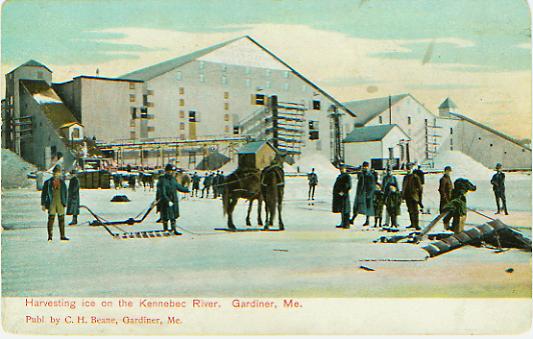
Harvesting ice on the Kennebec River. Gardiner, Me. (c.1906)
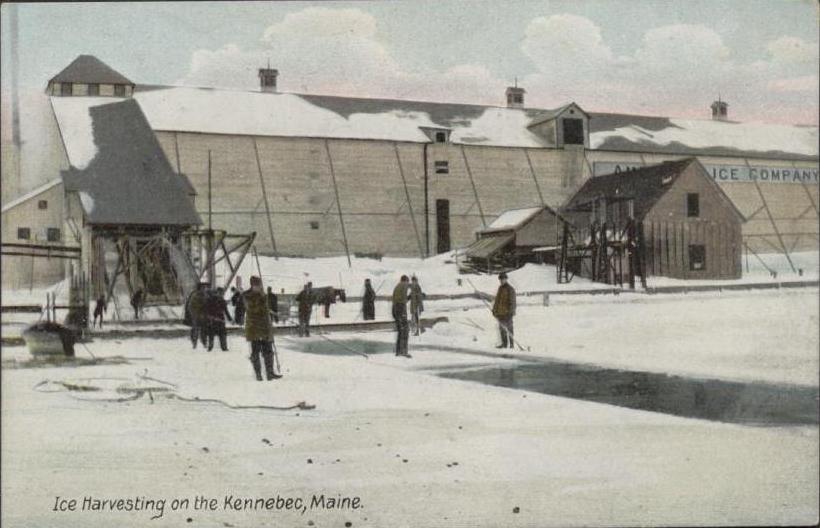
Ice Harvesting on the Kennebec, Maine. (c.1910)
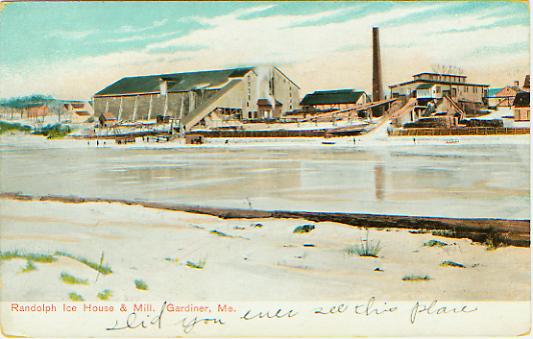
Randolph Ice House & Mill. Gardiner, Me. (c.1906)
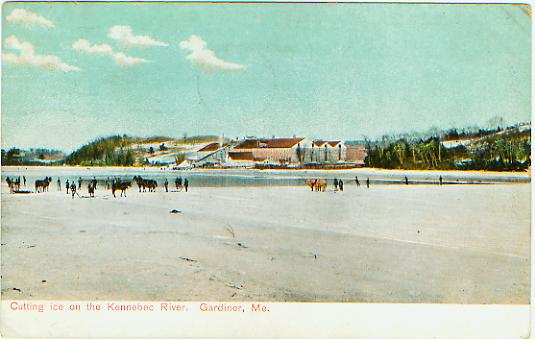
Cutting ice on the Kennebec River. Gardiner, Me. (c.1906)
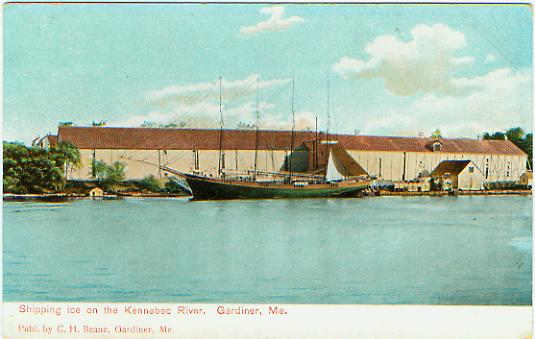
Shipping ice on the Kennebec River. Gardiner, Me. (c.1906)
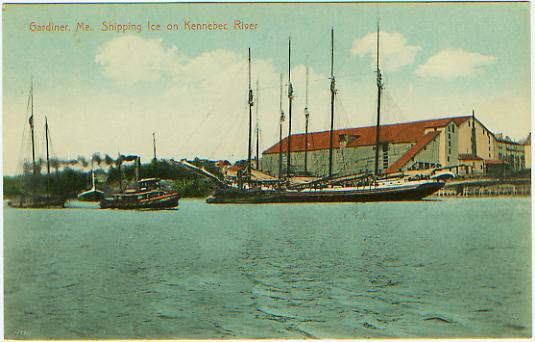
Gardiner, Me. Shipping ice on the Kennebec River. (c.1912)
Weir fishing
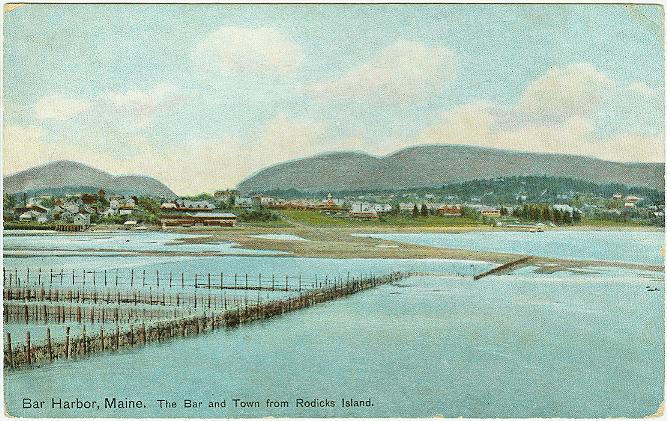
Bar Harbor, Maine. The Bar and Town from Rodicks Island. (c.1907)

Bar Harbor, Maine. General View from Rodicks Island. (c.1907)
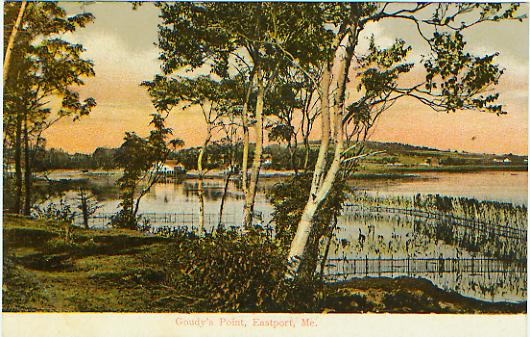
Goudy's Point, Eastport, Me. (c.1907)
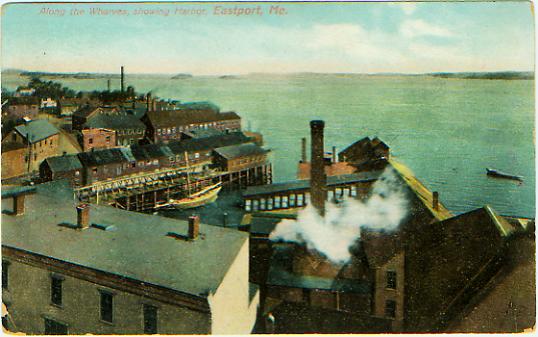
Along the Wharves, showing Harbor, Eastport, Me. (c.1908)
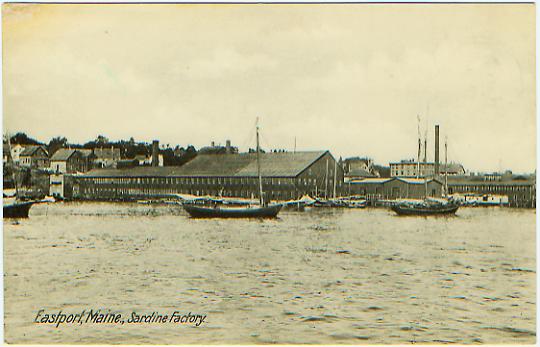
Eastport, Maine., Sardine Factory. (c.1905)
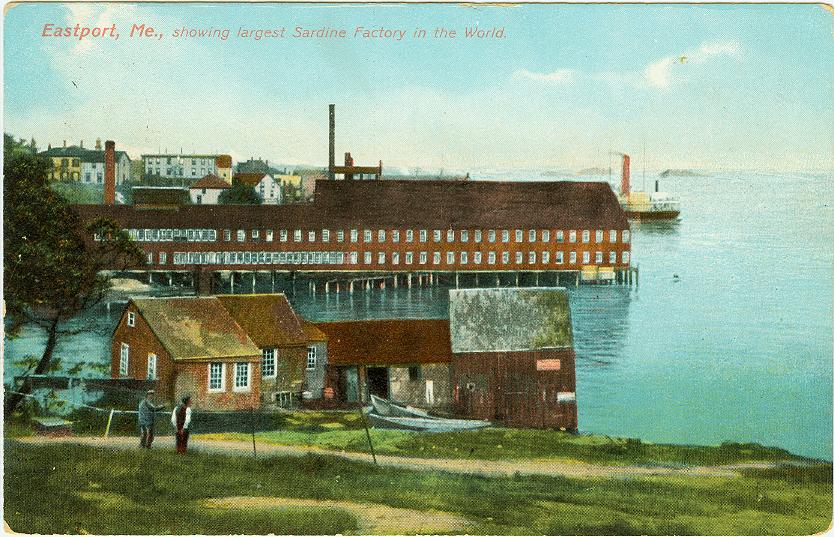
Eastport, Me., showing the largest Sardine Factory in the World. (c.1906)
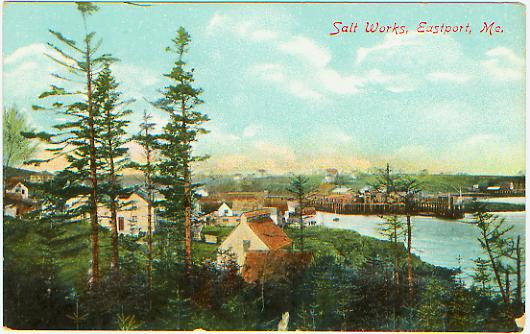
Salt Works, Eastport, Me. (c.1908)
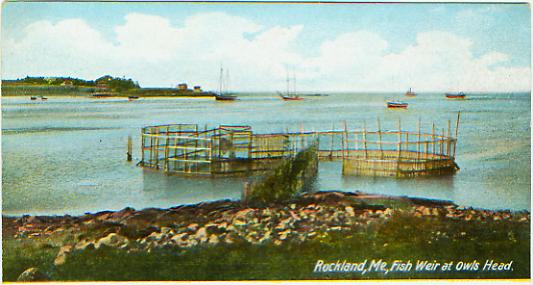
Rockland, Me., Fish Weir at Owls Head. (c.1906)
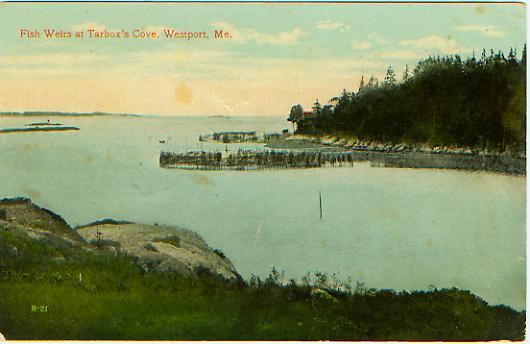
Fish Weirs at Tarbox's Cove, Westport, Me. (c.1945)
Other coastal and inland fisheries
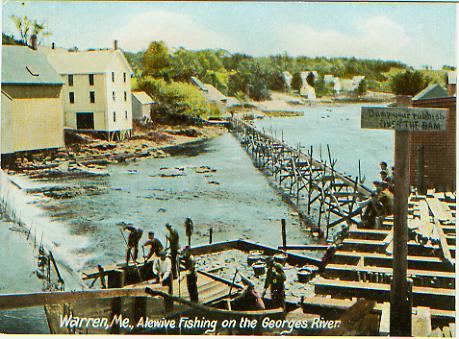
Warren, Me., Alewife Fishing on the Georges River. (c.1905)
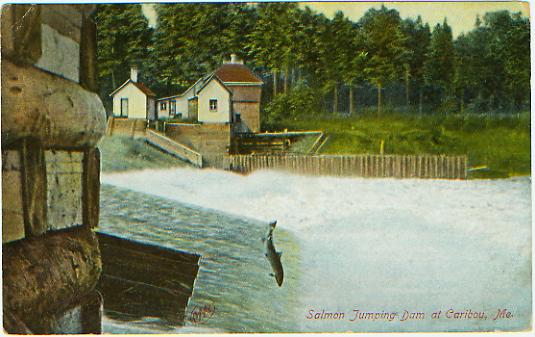
Salmon Jumping Dam at Caribou, Me. (c.1907)
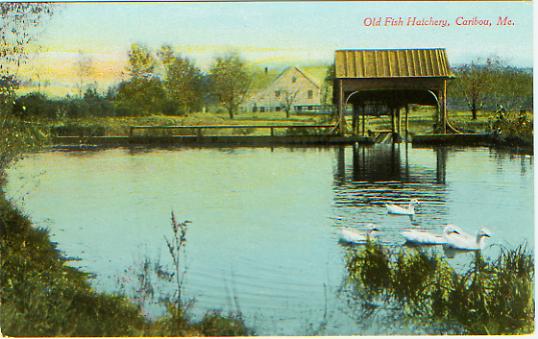
Old Fish Hatchery, Caribou, Me. (c.1910)
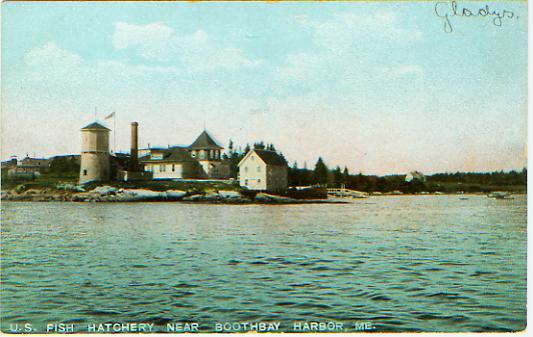
U.S. Fish Hatchery near Boothbay Harbor, Me. (c.1906)
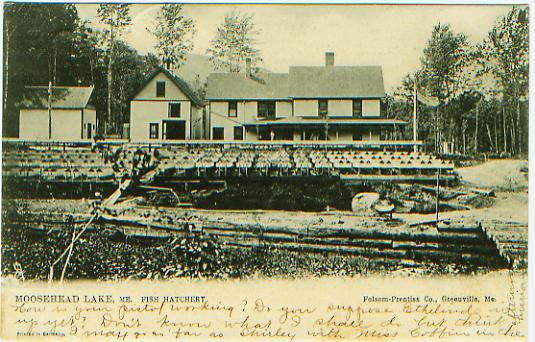
Moosehead Lake, Me. Fish Hatchery. (c.1905)
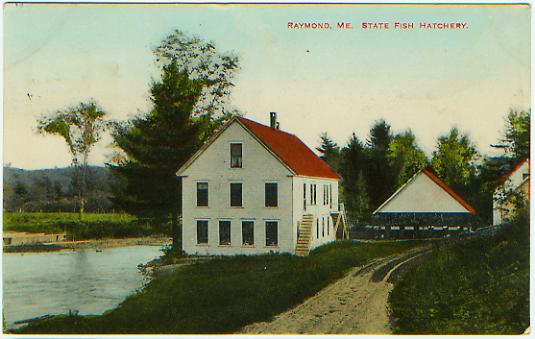
Raymond, Me. State Fish Hatchery. (c.19 )
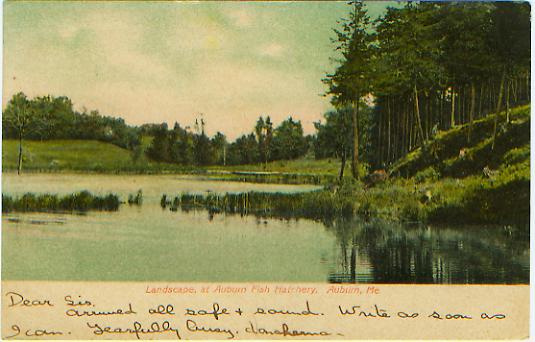
Landscape at Auburn Fish Hatchery, Auburn, Me. (c.19 )
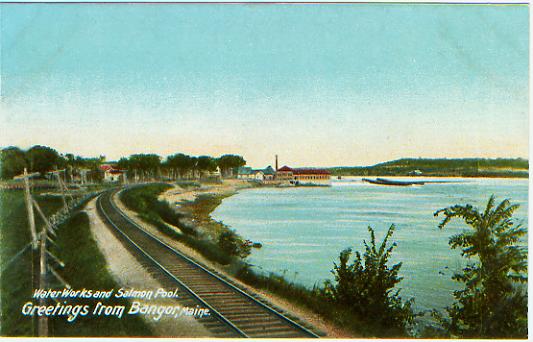
Greetings from Bangor, Maine. Water Works and Salmon Pool. (c.1906)
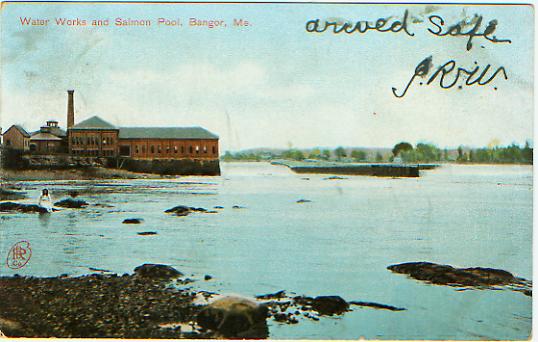
Water Works and Salmon Pool, Bangor, Me. (c.1907)
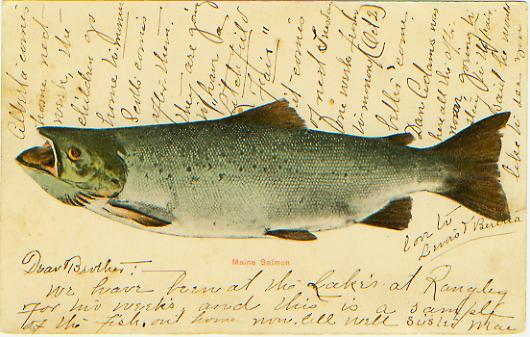
Maine Salmon (c.1906)
